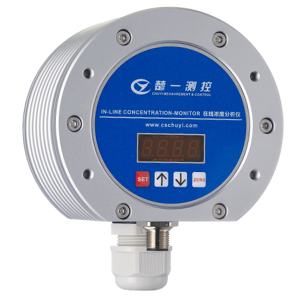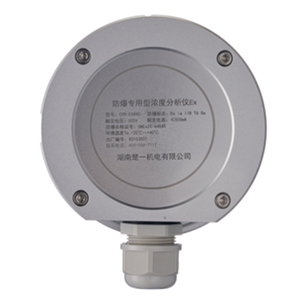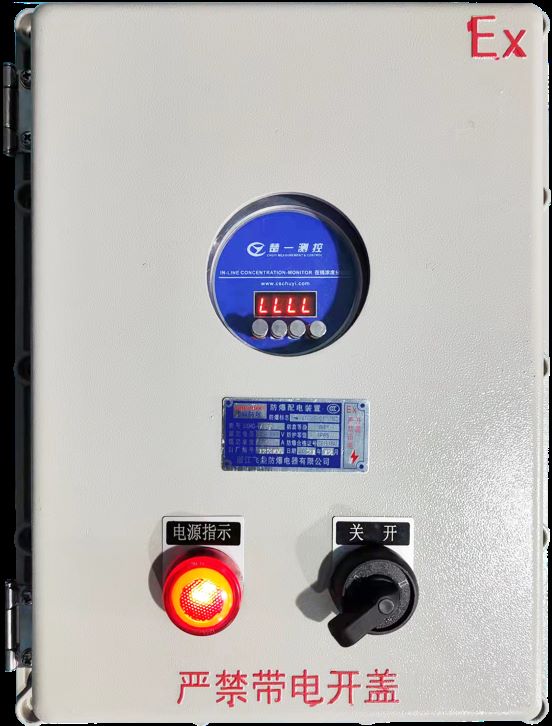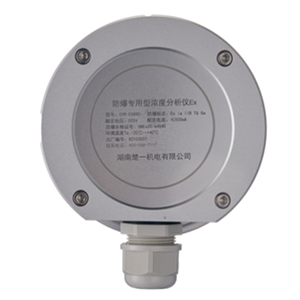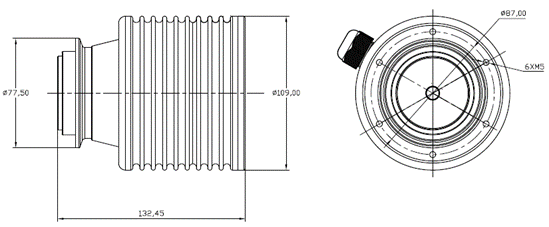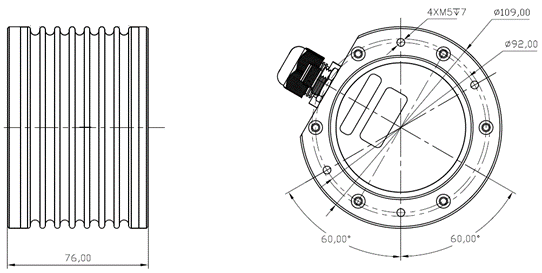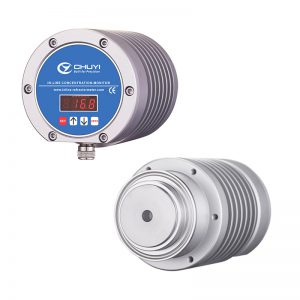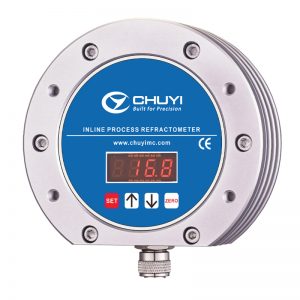Description
Specifications
|
Product model |
IPRM-EX880 |
|
Measurement item |
Refractive Index (nD), Brix,temperature. Concentration (%) Optional:Beer Plato(W/W) ,ammonia, H2O2, NaOH ,NMP,DMF,DMAC,DMSO, methanol(V/V), Ethanol(V/V), urea, ethylene glycol solutions, propylene glycol solutions, sodium chloride, formic acid, acetic acid, sulphuric acid etc. |
|
Measuring range |
0.00 – 88.00% Brix |
|
Resolution |
0.01 Brix |
|
Measurement accuracy |
± 0.1 Brix |
|
Brix range |
Temperature corrected 5-100°C |
|
Process temperature |
-20°C up to +100°C |
|
Prism |
Sapphire |
|
Wetted parts |
Stainless Steel SUS 316L, optional: HastelloyC-276 Tantalum material |
|
Power supply |
Sensor: DC 5V Transmitter : DC 24V |
|
Interfaces |
Transmitter :2 outputs 4 – 20 mA analog,1 serial output RS485 |
|
International Protection class |
Detection part: IP67 Water resistant Display surface:IP65 Water resistant |
|
Process pressure |
Max. 1 MPa (145 psi, 10 bar) |
| Explosion proof grade | Intrinsically safe type Ex ia IIB T6 Ga |
|
Dimensions and weight |
See drawing for dimensions; approx. sensor: 2320g Transmitter:940 g |
|
Cleaning components Options |
IPRM-Wiper |
|
Fitting Options |
IDF/ISO clamp union (1-3 inches), Flange, Compression Fitting G1/4 |
Dimensions
Measurement Principles
The refraction of light is a phenomenon wherein the direction that light is traveling changes as it passes through different mediums.
Through this phenomenon, we can observe as light’s direction changes and the “bent” appearance of substances even in the seemingly familiar, ordinary places in our day to day lives.
For example, imagine the lens of a pair of glasses and a pool.
When looking through the lens, an object appears larger or smaller than it is in reality.
When standing inside a pool, as you peer downward from the water’s surface, your legs will look shorter than they actually are.
As light moves from medium A (in this case, air) to medium B (lens and the pool’s water), it refracts.
Furthermore, it is known that light’s refraction changes depending on the concentration of a liquid.
The refractive index, which is a value that expresses the degree of refraction, is proportional to the density (mixture ratio) of a component.
Therefore, if there is 10g of sugar contained in 100ml of an aqueous solution and 20g of sugar contained in 100ml of an aqueous solution, the latter will have a higher refractive index value.
This difference in refractive index due to concentration variance has also been confirmed in solutions other than sucrose.
The properties of both the phenomenon known as the refraction of light and differing refractive index depending on concentration, are used as the principles of refractometers.
In addition to measuring the refractive index of a liquid, refractometers also display the concentration, converted from the refractive index.
Application highlights
Chemical, petrochemical, chemical fibre
Semiconductor, electronics industry
Mechanical processing, mining industry
Pharmaceutical industry
Food and beverage industry
Sugar, starch, sweeteners
Biofuels and fermentation industry
Electricity, energy industry

